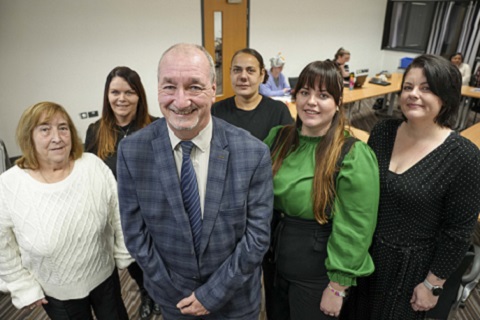The Wáberer Medical Centre in Hungary is introducing robot-assisted surgery, a groundbreaking technique where the surgeon controls the robot with their hands and feet, allowing for highly precise movements.
Initially, the surgery will be used for urological surgery, followed by applications in gynaecology and general surgery. Urologist Prof. Dr. Péter Tenke described the technology as providing a perspective akin to being inside the patient’s body, highlighting its superior precision.
Semmelweis University will be the first in the country to launch a robotic surgery program in patient care and education. Not only patients, students and residents will benefit from the program, but it will also modernize and develop the Hungarian healthcare sector in terms of technology and science.
The robot’s incredible precision was showcased during a press conference where it skilfully peeled and sewed a grape.
Dr. Tenke emphasized that robot-assisted surgery offers several advantages: it reduces infection risk, eliminates complications, and minimizes blood loss. He also noted that patients recover faster and have shorter hospital stays.
“Surgical robots have been used worldwide since 2000, with around 7,500 robots assisting 60,000 skilled surgeons who have performed 12 million successful procedures with the Da Vinci device,” he said.
Today, thirty-five trained surgeons can perform robot-assisted operations in Hungary. They have completed an online course launched by the manufacturer, then passed rigorous exams and simulation exercises like those for pilots.
Robot-assisted procedures are available at Wáberer Medical Center for between two and HUF 3 million (EUR 7,688). For comparison, in Germany these prices range from EUR 12-14,000, and in Romania from EUR 9-10,000.












